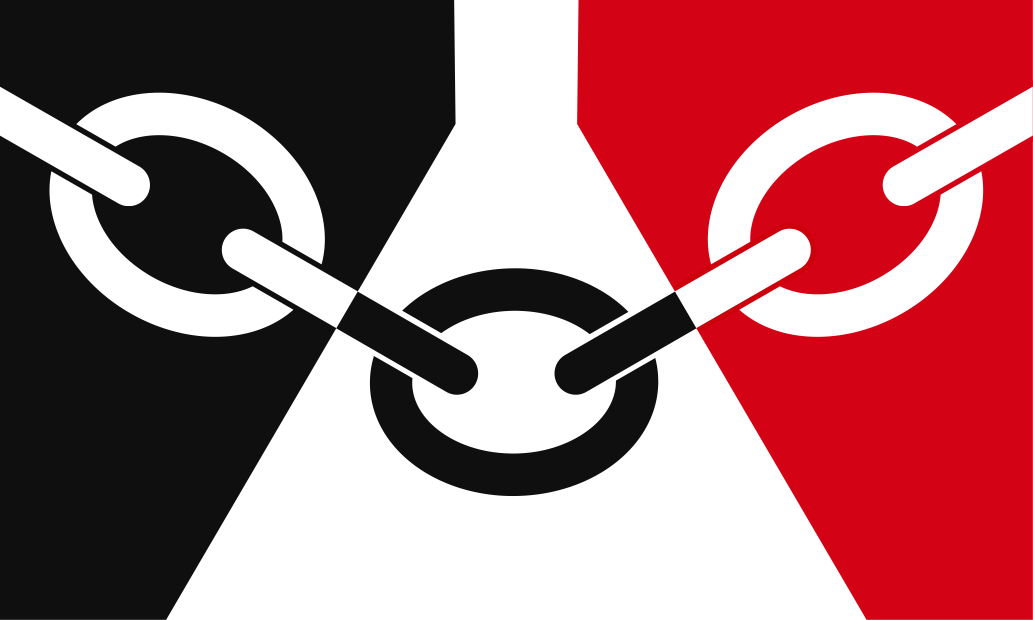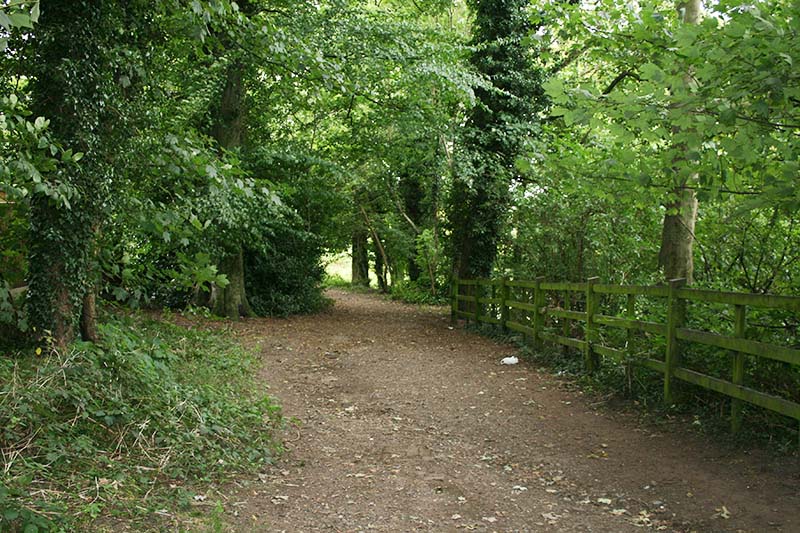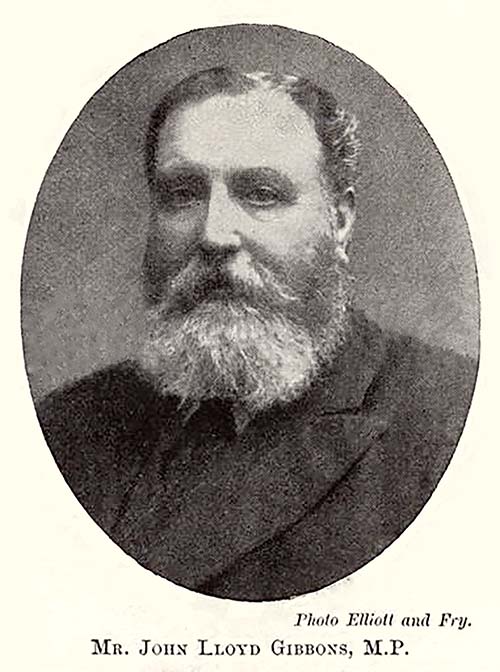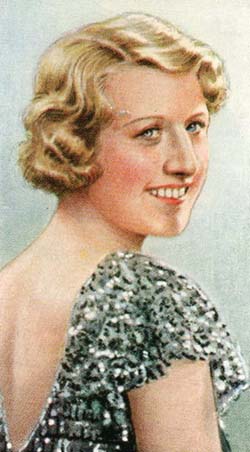
|

|
|
|
Landmarks ~
Churches ~
Pubs ~
Shops ~
Amenities ~
Dwellings ~
Events ~
Schools ~
Sports
Industrial ~ Transport ~ Folklore ~ Families
~ Gallery - Dwellings ~
Ellowes Hall ~
Farms ~
Ruiton House ~
Sam's old house ~
Petworth House ~
Pop House ~
Prefabs
Round House ~ Straits House ~ Prospect House ~ The Quarries ~ 8 Bull St. ~ Old Vicarage ~ Other The Ellowes
Ellowes ~
Ellowes Mansion ~
Ellowes Estate ~
Ellowes Lodges ~
Ellowes Families ~
Ellowes Coach Road ~
Ellowes Trivia
Introduction
The Ellowes content is spilt among several pages that can be found in the links above.
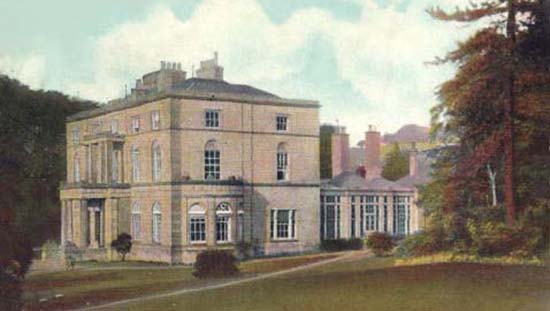 Ellowes Hall c1900
Ellowes Hall c1900
Built on or near the site of the earlier building 'Faradays Cottage', or 'Ellors' as it was also known,
already had some park and gardens. The property was originally occupied by Samuel Fereday, later of Ettingshall Park
and who became a wealthy ironmaster and industrialist, however bankrupted in 1816 due to a slump
in the iron trade.
Described in 1818 in Parson and Bradshaw's Staffordshire General & Commercial Directory.
"Ellers, on the west side of this parish [Sedgley], is a pleasing specimen of the taste of S. Fereday, Esq.
in ornamental gardening: several varieties of the most delicious and highly flavoured fruits
are cultivated in great profusion."
Ellowes takes its name from 'Ellen Valle' (Valley), this is marked on a 18th century map of 'Gwarnell'
as running along the low lying area of the Cotwall End valley or 'dingle' which the Hall overlooked.
John Turton Fereday, a nephew of Samuel Fereday, commissioned the house in 1821 after the land was purchased
from Viscount Dudley and Ward in 1820, the building was completed in 1824.
After a decline in Fereday's wealth in the 1830's, he vacated The Ellowes for a smaller property, the contents of
the Ellowes was sold off and the house offered for lease.
(see complete inventory of it's contents in the sale notice here)
.
John T. Fereday moved to "The Quarries", a smaller but fine house
in Kent Street, Upper Gornal in 1838, 'Quarry Hall' as it was called in 1841 census where it was occupied
by younger brother William Turton Fereday, age 50, who was described as a Stone Merchant', his wife was Elizabeth Anne.
See more about John Turton Fereday here.
After J.T.Feredays death the house was sold, a succession of dignitaries and industrialists
owned or occupied the Hall.
 Another view of the Ellowes, from the North West, showing the coach road up to the Hall.
Another view of the Ellowes, from the North West, showing the coach road up to the Hall.
John Price Postcard.
There were extended periods when the Hall was unoccupied.
The Hall was demolished in 1964 and the grounds sold to the Council, the Ellowes Hall School was
built on part of the land, the elevate site on which the house stood became a residential development in the late 1960s.
The original carriageway from Moden Hill still forms an interesting nature walk, along with the pools and 'dingle'.
~
|
